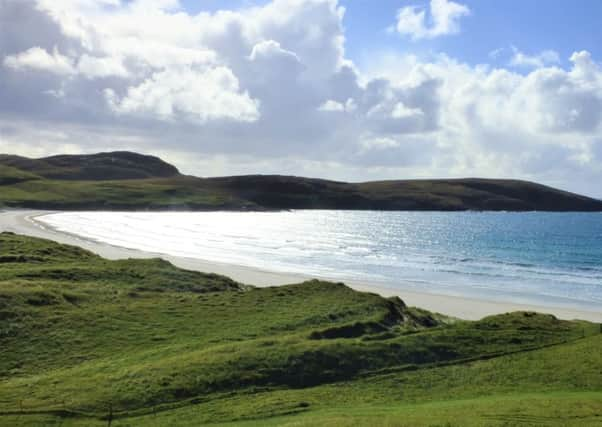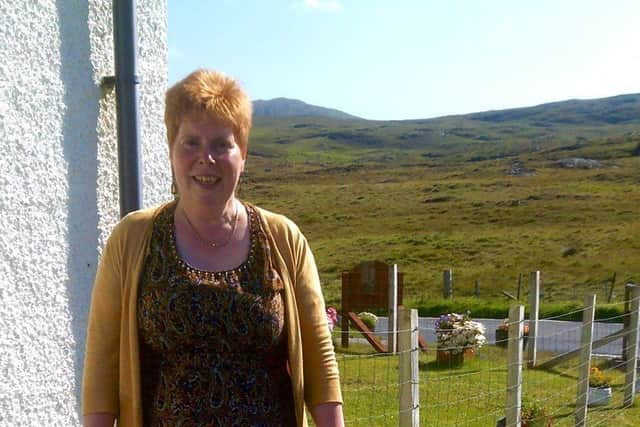Emigrants who died in island shipwreck to be remembered


The Annie Jane was travelling from Liverpool to Montreal, Canada, when it ran onto rocks off the island of Vatersay in a fierce storm.
At least 350 men, women and children died with their bodies “packed like herrings in a barrel” and left in two unmarked, mass graves in the dunes behind a beach.
Advertisement
Hide AdKnown fatalities include Hugh Munro, a builder from Tulloch in Aberdeenshire, his wife Margaret and their one-month-old daughter.


The minister who baptised the baby on board the ship was also killed.
The disaster on September 28, 1853, marked later by a simple granite obelisk overlooking Vatersay west beach, led to the first ever public inquiry into a major incident.
Rev Dr Lindsay Schluter, minister of Barra and South Uist Church of Scotland congregations, will lead the ceremony at the beach with Barra Roman Catholic priest, Father John Paul Mackinnon.
Dr Schluter said: “Circumstances at the time of the disaster meant that the deceased were not afforded the dignity of a funeral service and formal committal.
“The recent publication of a book on this disaster has brought awareness of this to people’s minds and there is a desire to do now what was not done then.”
Advertisement
Hide AdThe Annie Jane, a three-mast merchant ship carrying a heavy cargo of iron, was on her second attempt to cross the Atlantic at the time of the disaster having been earlier turned back by bad weather.
As well as emigrants from Ireland and Scotland, passengers included ragged school boys from London, Swiss missionaries and skilled workers from Glasgow hired to help build railways in Canada.
Advertisement
Hide AdAround 100 passengers survived the wreck and were fed and looked after in a place with few trees from which to fashion coffins and only one proper dwelling house.
Dr Schluter said: “The shipwreck of the Annie Jane overwhelmed the tiny island of Vatersay which only a few years earlier had been cleared of its people to make way for cattle grazing and only a handful lived on the island at the time.
“The neighbouring island of Barra was impacted by clearances also and struggling with such levels of destitution and poverty which meant that its people too were overwhelmed with the consequences of the tragedy, caring for survivors and burying the dead.”